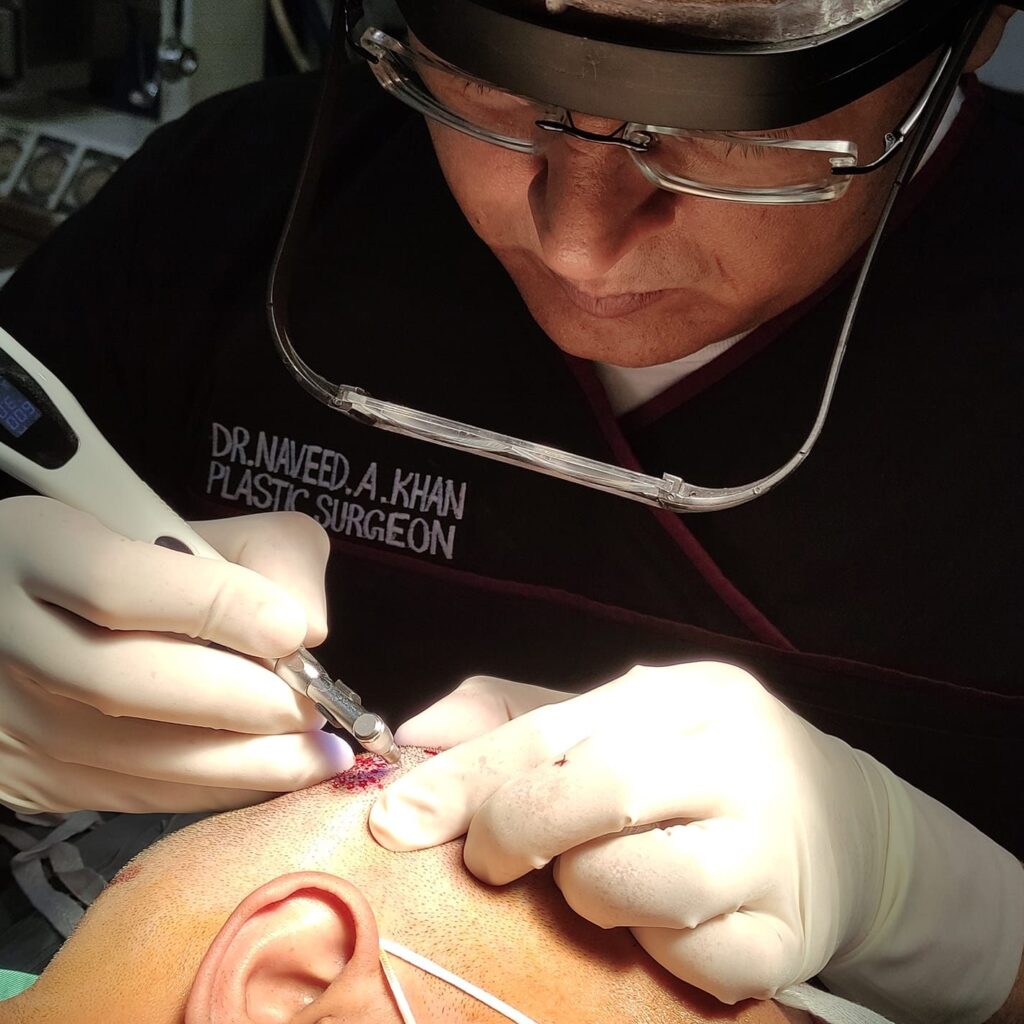Gynecomastia, or male breast enlargement, is a common condition that affects many men. While it may not be a serious medical issue, it can cause significant emotional distress and self-consciousness. Fortunately, there are many treatment options available, including surgery. In this article, we will discuss a new and innovative approach to treating gynecomastia, which combines liposuction and tissue excision.

Understanding Gynecomastia
Before discussing the surgical procedure, it is important to understand what gynecomastia is and what causes it. Gynecomastia is the enlargement of male breast tissue, which can occur due to a hormonal imbalance or other medical conditions. It can also be caused by the use of certain medications, steroids, or recreational drugs.
Many men with gynecomastia feel self-conscious about their appearance, and it can affect their self-esteem and confidence. Some may avoid certain activities or clothing choices to hide their chest. While it is not a life-threatening condition, it can cause significant emotional distress.
Traditional Treatment Options
In the past, gynecomastia was primarily treated with tissue excision surgery, which involves removing the excess breast tissue through a small incision. While this procedure is effective, it can leave noticeable scars and requires a longer recovery period.
Another treatment option is liposuction, which removes excess fat from the chest area. However, liposuction alone may not address the excess breast tissue, and in some cases, can even make the breast tissue more noticeable.
A Combined Approach
To address the limitations of traditional treatments, a new approach has emerged: a combined liposuction and tissue excision procedure. This technique involves using liposuction to remove excess fat from the chest area, followed by tissue excision to remove any remaining breast tissue through a small incision.
The advantages of this combined approach are numerous. First, it allows for a more comprehensive removal of both excess fat and breast tissue, resulting in a flatter and more masculine chest contour. Second, it minimizes scarring, as the incision is small and strategically placed. Finally, the recovery period is shorter than with traditional tissue excision surgery.
The Procedure
The combined liposuction and tissue excision procedure is performed under general anesthesia, and typically takes 1-2 hours to complete. The surgeon will first make a small incision in the chest area, through which they will insert a small tube called a cannula. The cannula is used to suction out excess fat from the chest area.
Once the excess fat has been removed, the surgeon will make a second small incision, through which they will remove any remaining breast tissue. The incisions are then closed with sutures, and a compression garment is applied to help reduce swelling and promote healing.
Recovery
Following the procedure, patients can expect some swelling, bruising, and discomfort, which can be managed with pain medication. It is recommended to take a week off from work and avoid strenuous exercise for at least 4-6 weeks.
The Results
The results of the combined liposuction and tissue excision procedure are typically excellent. Patients can expect a flatter and more masculine chest contour, with minimal scarring. Most patients report a significant improvement in their self-confidence and quality of life following the procedure.
Conclusion
If you are struggling with gynecomastia and are looking for an effective and innovative treatment option, consider the combined liposuction and tissue excision procedure.

